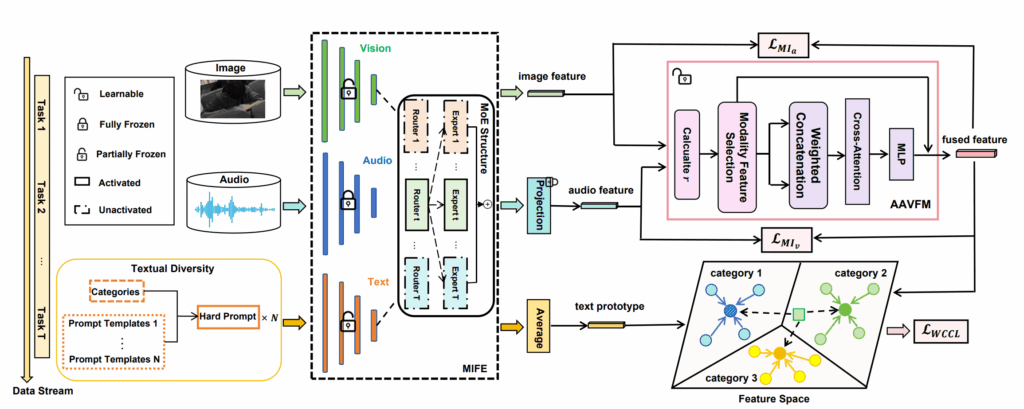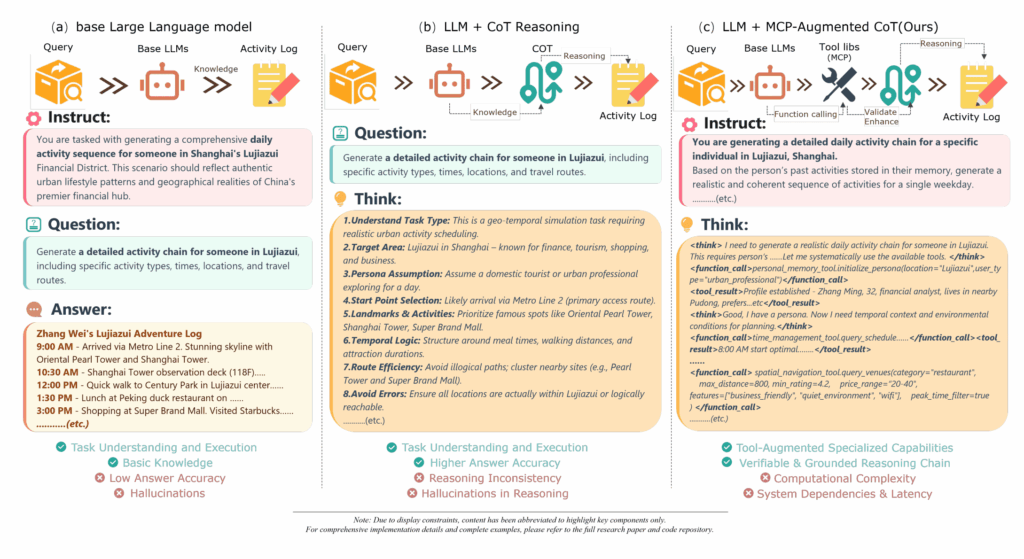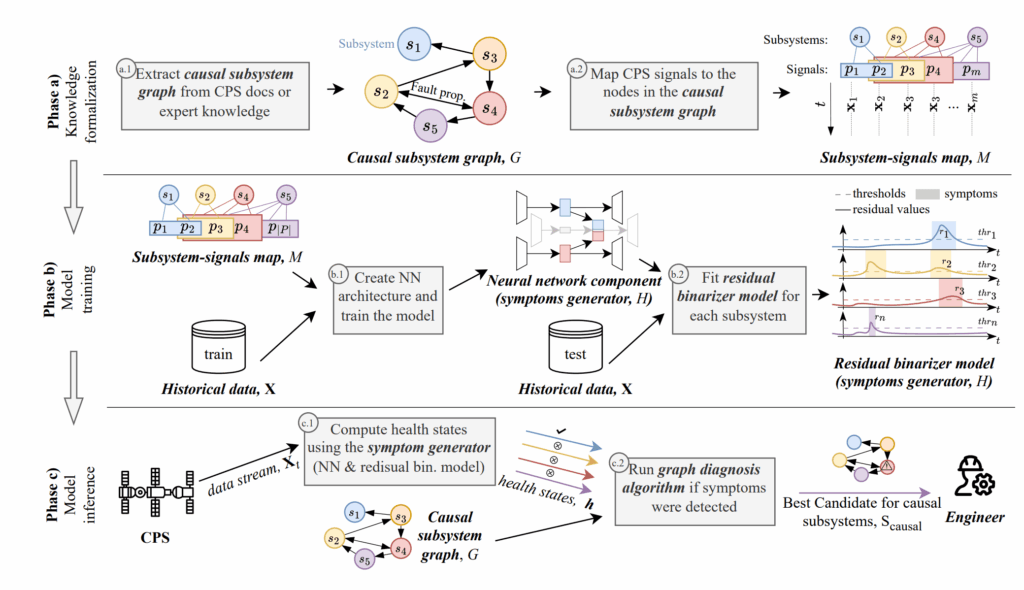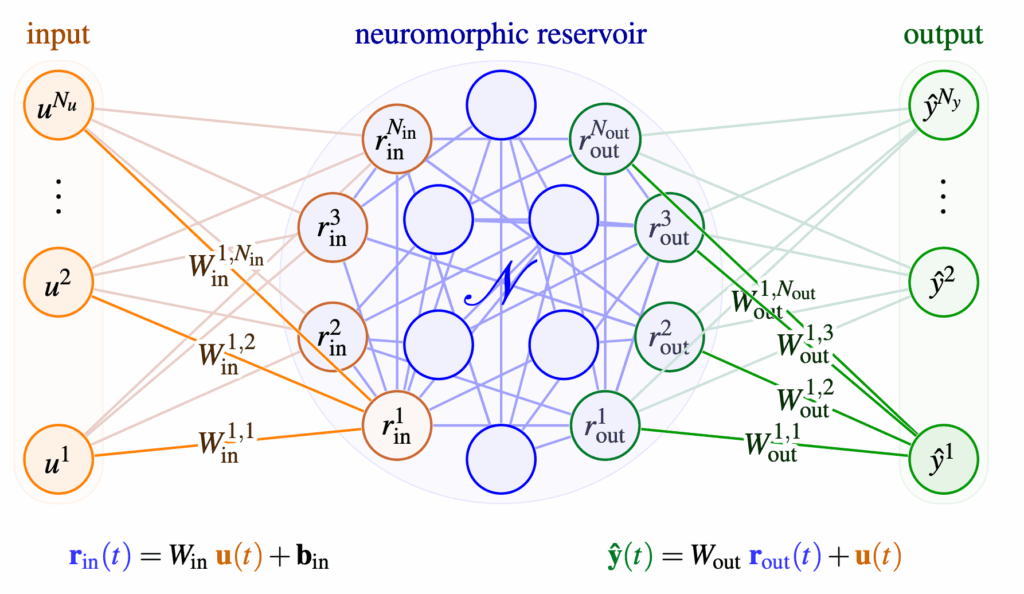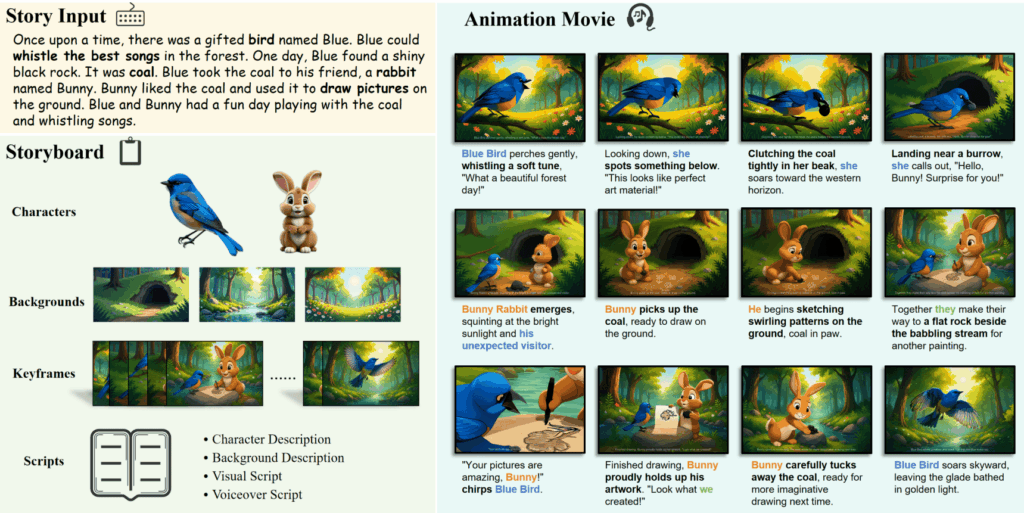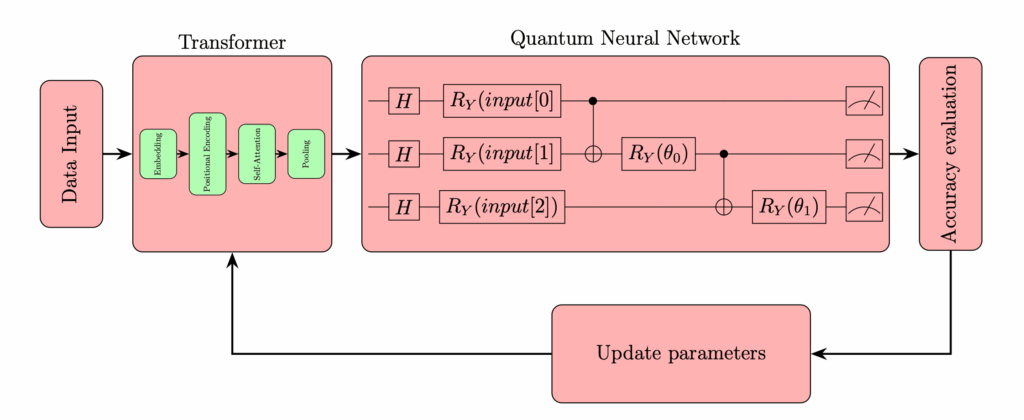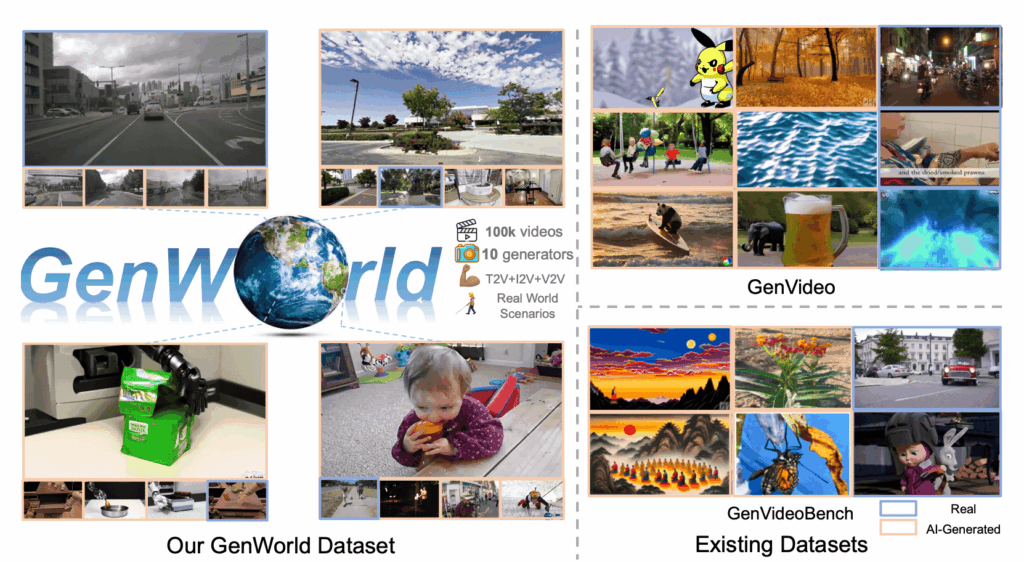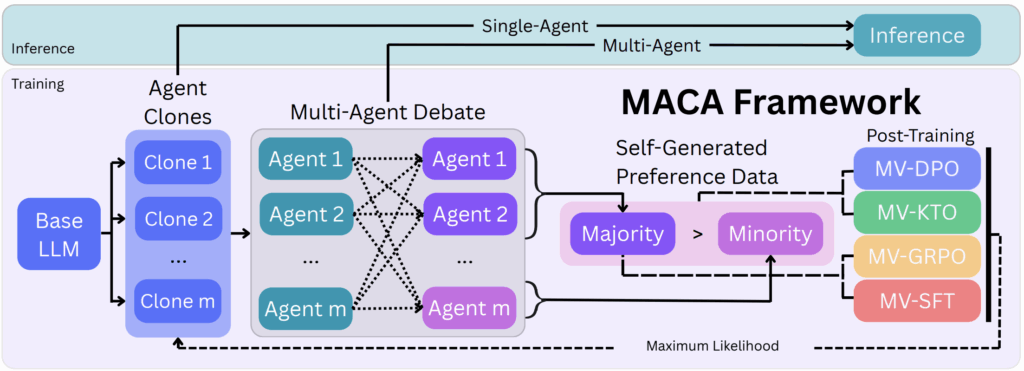
This paper addresses the evolving landscape of multi-agent reinforcement learning (MARL), focusing on the challenges and methodologies pertinent to cooperative and competitive agent interactions in complex environments. It provides a comprehensive survey of current approaches in MARL, highlighting key challenges such as non-stationarity, scalability, and communication among agents. The authors also discuss methodologies that have been proposed to overcome these challenges and point out emerging trends and future directions in this rapidly growing field.
Introduction to Multi-Agent Reinforcement Learning
Multi-agent reinforcement learning involves multiple autonomous agents learning to make decisions through interactions with the environment and each other. Unlike single-agent reinforcement learning, MARL systems must handle the complexity arising from interactions between agents, which can be cooperative, competitive, or mixed. The dynamic nature of other learning agents results in a non-stationary environment from each agent’s perspective, complicating the learning process. The paper stresses the importance of MARL due to its applications in robotics, autonomous driving, distributed control, and game theory.
Major Challenges in MARL
The paper identifies several critical challenges in MARL:
- Non-Stationarity: Since all agents learn concurrently, the environment’s dynamics keep changing, making it hard for any single agent to stabilize its learning.
- Scalability: The state and action spaces grow exponentially with the number of agents, posing significant computational and learning difficulties.
- Partial Observability: Agents often have limited and local observations, which restrict their ability to fully understand the global state.
- Credit Assignment: In cooperative settings, it is challenging to attribute overall team rewards to individual agents’ actions effectively.
- Communication: Enabling effective and efficient communication protocols between agents is vital but non-trivial.
Approaches and Frameworks in MARL
The paper categorizes MARL methods primarily into three frameworks:
- Independent Learners: Agents learn independently using single-agent reinforcement learning algorithms while treating other agents as part of the environment. This approach is simple but often ineffective due to non-stationarity.
- Centralized Training with Decentralized Execution (CTDE): This popular paradigm trains agents with access to global information or shared parameters but executes policies independently based on local observations. It balances training efficiency and realistic execution constraints.
- Fully Centralized Approaches: These methods treat all agents as parts of one joint policy, optimizing over the combined action space. While theoretically optimal, these approaches struggle with scalability.
Communication and Coordination Techniques
Effective coordination and communication are imperative for MARL success. Techniques surveyed include:
- Explicit Communication Protocols: Agents learn messages to exchange during training to improve coordination.
- Implicit Communication: Coordination arises naturally through shared environments or value functions without explicit message passing.
- Graph Neural Networks (GNNs): GNNs model interactions between agents, allowing flexible and scalable communication architectures suited for dynamic multi-agent systems.
Recent Advances and Trends
The paper highlights the integration of deep learning with MARL, enabling agents to handle high-dimensional sensory inputs and complex decision-making tasks. The use of attention mechanisms and transformer models for adaptive communication also shows promising results. Furthermore, adversarial training approaches are gaining traction in mixed cooperative-competitive environments to improve robustness and generalization.
Applications and Use Cases
MARL’s versatility is demonstrated in several domains:
- Robotics: Multi-robot systems collaboratively performing tasks such as search and rescue, manipulation, and navigation.
- Autonomous Vehicles: Coordination among autonomous cars to optimize traffic flow and safety.
- Resource Management: Distributed control in wireless networks and energy grids.
- Games: Complex strategic games like StarCraft II and Dota 2 serve as benchmarks for MARL algorithms.
Open Problems and Future Directions
The authors conclude by discussing open problems in MARL, including:
- Scalability: Developing methods that effectively scale to large numbers of agents remains a core challenge.
- Interpretability and Safety: Understanding learned policies and ensuring safe behaviors in real-world deployments are important.
- Transfer Learning and Generalization: Improving agents’ ability to generalize to new tasks and environments should be prioritized.
- Human-AI Collaboration: Integrating human knowledge and preferences with MARL systems is an emerging research frontier.
Paper: https://arxiv.org/pdf/2509.15172
Stay tuned for more insights into how AI is reshaping creativity and communication through multimodal learning.
